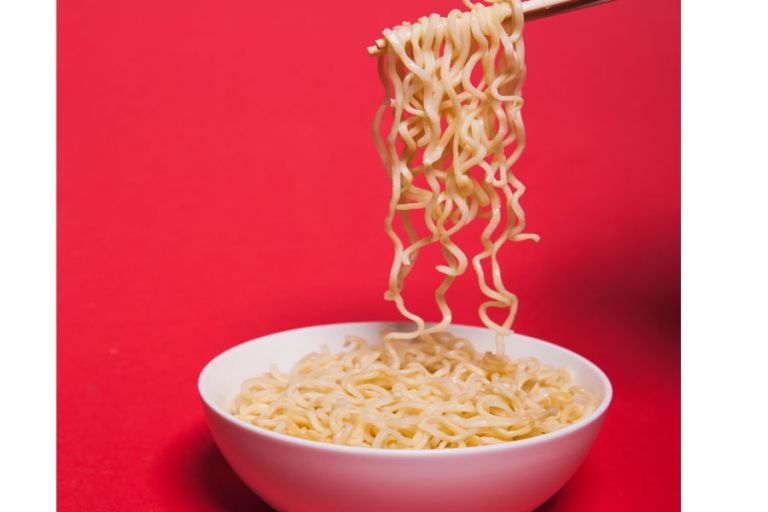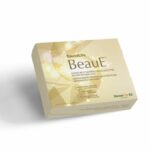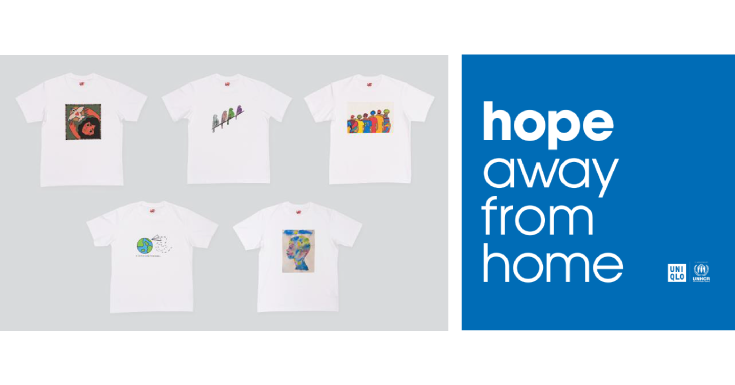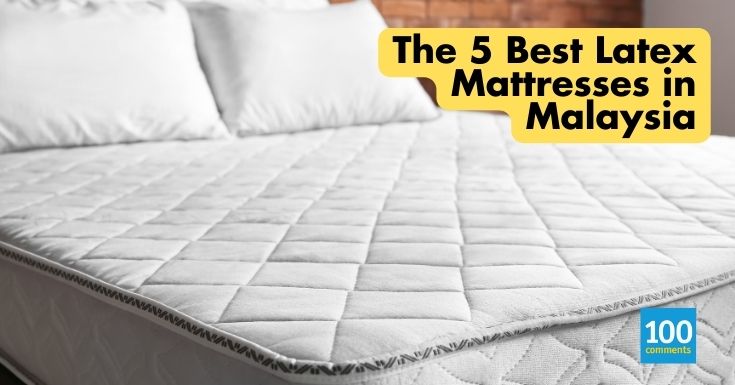MEE Time: The Good And The Bad
Mee mamak, kuey teow, fried bee hoon, soup mee…. we’re Malaysians and we love our noodles. Are they good for us, though? Is there such a thing as healthy noodles, and if there was, will it be as tasty as the not-so-healthy ones that we’re all so crazy about?
Health and noodles somehow don’t really sound like a good match, but then there are those who opt for bee hoon ( rice vermicelli) in place of the usual yellow noodles when they order certain noodle dishes at restaurants, i.e bee hoon soup, curry bee hoon, etc. Could they really be on to something? Hmm.
Living here in Asia, we can’t escape these noodles. So, what can we reveal about them – the good, the bad and the yummilicious? Let’s break it down, according to noodle types.
Table of Contents
Yellow noodles (Egg noodles)
Chewy and firm, you’ll not escape seeing dishes made from these at most Chinese, Malay, Indian and Mamak eateries that serve noodles. Mee goreng mamak, wan tan mee and even your favourite ramen are made from this noodle type. They contain lye water (sodium hydroxide) which tenderizes the noodles and gives it that chewy texture. They may or may not contain eggs, for some manufacturers may be using yellow colouring instead, for it’s way cheaper. Yellow noodles are also notorious for its boric acid content. Boric acid is a known carcinogenic that has somehow found its way into our food chain. To top it all off, most yellow noodles are precooked and coated in oil.
Verdict: Eat very, very sparingly. Better still, stay away from it.
Rice vermicelli (Bee hoon)
Its origin can be traced back to Southern China, in the Hokkien, Teochew and Cantonese regions during the time when wheat was scarce, forcing the people to come up with a recipe for noodles made from rice flour. Bee hoon is hard and non-absorptive, and it breaks immediately upon chewing. Rice lovers love its strong flavour though and since its gluten free, it has noodle lovers who are allergic to gluten, or have celiac disease, slurping happily on dishes made from it. By the way, did you know that other noodles such as kuey teow and hor fan are also different forms of rice noodles?

Verdict: They contain phosphorus that may help with bone health. The pre-cooked variety are normally soaked in oil to prevent them from sticking together, so it would be better to opt for the uncooked type, and of course, mind how you prepare them if you aim to keep it healthy.
Glass noodles
Manufactured to be thin, long and transparent, glass noodles are composed of mung bean starch. They are also known as cellophane noodles. They don’t turn soggy even when cooked for prolonged durations, and they turn out chewy and firm, perfect for soupy dishes. You’ll also find them in Asian salads and spring rolls due to their glossy appearance, and springy, slippery texture. Glass noodles can be bought in dried, brittle form, and can be reconstituted by soaking in hot water prior to cooking or preparation.
Verdict: We don’t have the good news you’re probably expecting, for they have about the same calories as other noodles per serving. Plus, they’re almost all carbs and nothing else. So, eat sparingly, and/or prepare them with lots of other health-giving ingredients such as herbs, spices, vegetables, etc.
Sweet potato noodles
Said to be healthier compared to yellow noodles and even glass noodles, these light-gray, brittle noodles are quite fast-cooking. They have their own visual appeal too, with their glossy, translucent appearance. Once cooked, they’re also firm, chewy, and slippery in texture. You’ll find them in Korean eateries where it’s the main ingredient in japchae, a chilled salty-sweet noodle dish.
Verdict: It’s made from sweet potato starch, has no fat, but also proteinless too. To keep it healthy, you’ll have to add on healthy ingredients in your preparation.
Udon
Pleasantly fat and tender, the udon noodles are a favourite in Japanese eateries, showing up in their soups, stews and stir fried dishes, as well as some in chilled dishes, quite like the soba noodles. Unlike the healthier soba, they’re made from refined wheat flour, which is not suitable for those who are allergic to gluten. They can be bought either in a dry form, from the dry goods section or fresh from the refrigerated section of supermarkets that sell them.

Verdict: Udon is a high-carb noodle and if you’re not planning to work out or have an active day, you may want to opt for a soba lunch instead. Unless your udon is made from whole wheat, they won’t contain much health-enhancing nutrients either.
Soba
Here’s a noodle variety made from healthy buckwheat flour, where the higher the percentage of buckwheat flour used, the healthier it will be. You might have to check on this when you’re purchasing uncooked soba at the supermarket. One telling factor is the price of your soba for if it contains more (or 100%) buckwheat flour, it may cost a bit more too. The cheaper varieties are mixed with wheat flour. Chewy and delicious, dishes made from soba are usually consumed chilled or at room temperature.
Verdict: Soba has rutin, an antioxidant that helps mop up free radical in your body, so needless to say, it’s definitely a healthy choice as far as noodles go.
Instant noodles
Regardless if they come in a cup or packed in blocks, instant noodles are popular worldwide and unfortunately, have found their way into the daily lives of people the world over who want to save cost and time. They’re highly processed, contain little or no nutrients, but are generally tasty and addictive. Nowadays, they’re available in such fancy flavours that it’s hard to not grab a pack to keep in the larder, just in case you might want to have it at some point. They’re hands down the fastest to prepare – just add boiling water, sprinkle on the flavourings that come with it and you’re done. Adding on some vegetables, meat or even seafood to it may help in the nutrients department, but only if you lessen down, or better still, omit the unhealthy seasoning which is included in every pack of instant noodles.
What do you cook your noodles with?
While much can be said about the noodles used to make a dish, you’ll have to remember too that the ingredients used to make the cook the noodles count, for much of the good and bad reside in there too. The oils used, amount of salt and/or sugar; types of flavour enhancers; meats; vege; spices, etc that make up your noodle dish are all additional factors that will help determine if it’s a healthy dish or not. For instance, a steaming bowl of soup bee hoon (rice vermicelli) with lots of nutritious, fibrous vege and very little salt or other flavour enhancers is definitely healthier compared to a plate of Hokkien yellow mee, all greased up with lard, peanut oil and loads of sweet soy sauce. Ok, we might be exaggerating here, but you get the picture.





















Leave a comment